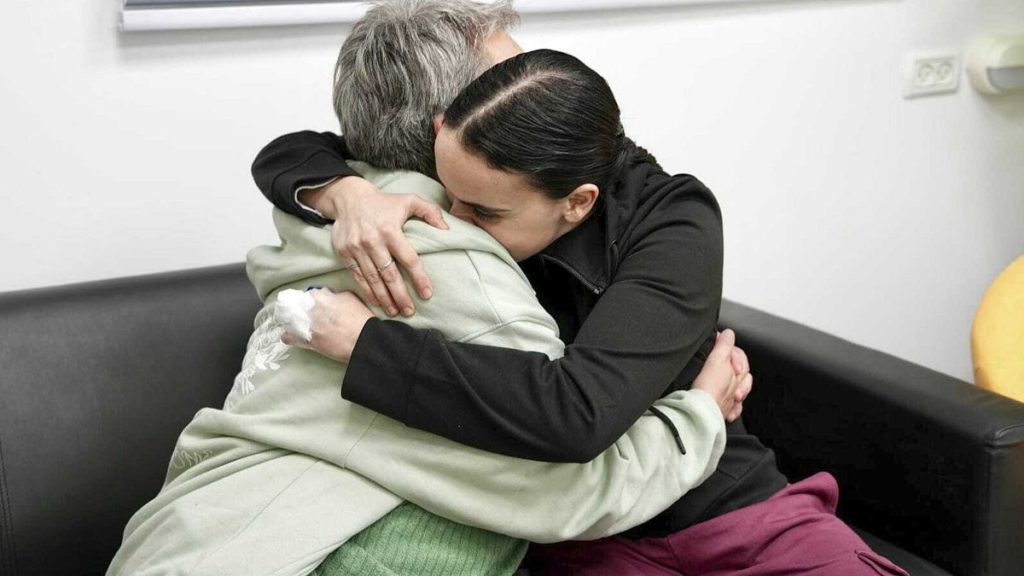The recent ceasefire between Israel and Hamas has evoked a complex wave of emotions among the residents of Tel Aviv. The initial elation stemming from the release of hostages, a beacon of hope in the grim landscape of conflict, is interwoven with deep-seated anxiety for the remaining captives still held in Gaza. The bittersweet return of Emily Damari, Romi Gonen, and Doron Steinbrecher to their families is a poignant reminder of the nearly 100 others whose fates remain uncertain, casting a long shadow over the fragile peace. The emotional landscape is one of simultaneous relief and apprehension, a reflection of the profound impact of the conflict on the Israeli psyche.
The ceasefire agreement, a carefully negotiated arrangement involving a phased release of hostages and Palestinian prisoners, coupled with increased aid to Gaza, represents a delicate balancing act. The initial 42-day phase, focusing on the release of 33 Israeli hostages, is the first tentative step towards a more permanent resolution. The subsequent stages, involving further releases and a definitive end to hostilities, are fraught with uncertainty. The agreement itself, born out of intense international pressure, particularly from the outgoing Biden administration and incoming Trump administration, underscores the geopolitical complexities surrounding the conflict. The looming question of what happens after the initial phase adds another layer of complexity to an already precarious situation.
While the return of some hostages has sparked hope, the vast scale of human suffering remains a stark reality. The reported death toll in Gaza, exceeding 46,000 according to the Gazan Health Ministry, with a significant proportion being women and children, paints a grim picture of the devastating impact of the conflict. The ministry’s figures, while not differentiating between civilians and combatants, underscore the immense human cost of the war. This tragic backdrop tempers the celebrations surrounding the hostage releases, serving as a constant reminder of the immense challenges that lie ahead in achieving a lasting peace.
The ceasefire agreement, while offering a glimmer of hope, is just the first step in a long and arduous journey towards reconciliation. The imminent release of more hostages and prisoners in the coming days is a crucial test of the agreement’s viability. The upcoming talks on the second phase, slated to begin in a matter of weeks, will delve into the more intricate and challenging aspects of achieving a durable peace. These talks will require both sides to navigate complex political terrain and make difficult compromises to address the underlying issues fueling the conflict. The success of these negotiations is crucial for the long-term stability of the region.
The mixed emotions prevailing in Tel Aviv encapsulate the complexities of the situation. The joy of reunion is tempered by the lingering anguish for those still held captive, the staggering loss of life, and the uncertainty of the future. The ceasefire represents a fragile opportunity for peace, a chance to move beyond the cycle of violence and towards a more hopeful future. However, the path forward is fraught with challenges, requiring sustained commitment and difficult choices from all parties involved.
The fragile peace ushered in by the ceasefire is a testament to the enduring human desire for an end to conflict, but it also serves as a stark reminder of the immense work that remains. The release of hostages, while a welcome development, is but a small step towards healing the deep wounds inflicted by the war. The true measure of success will be the ability of both sides to build upon this fragile foundation and forge a lasting peace, a peace that addresses the root causes of the conflict and ensures a future free from violence and suffering.














